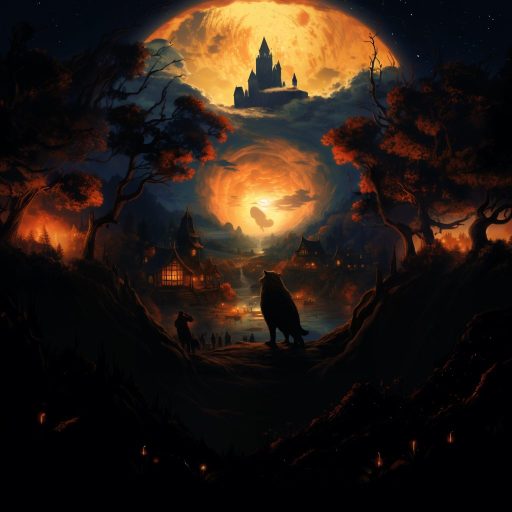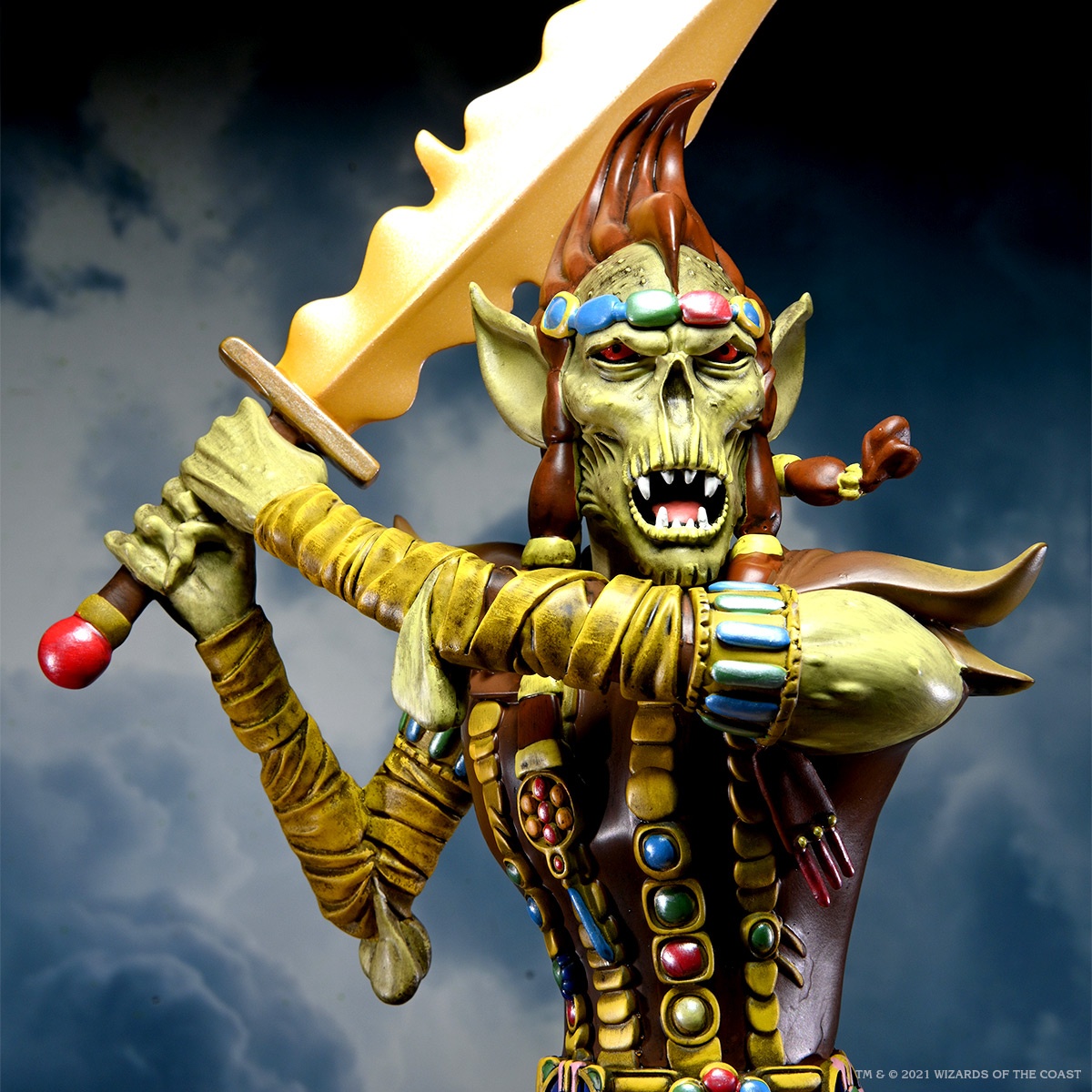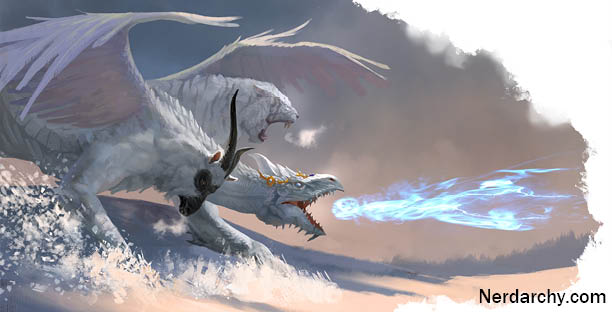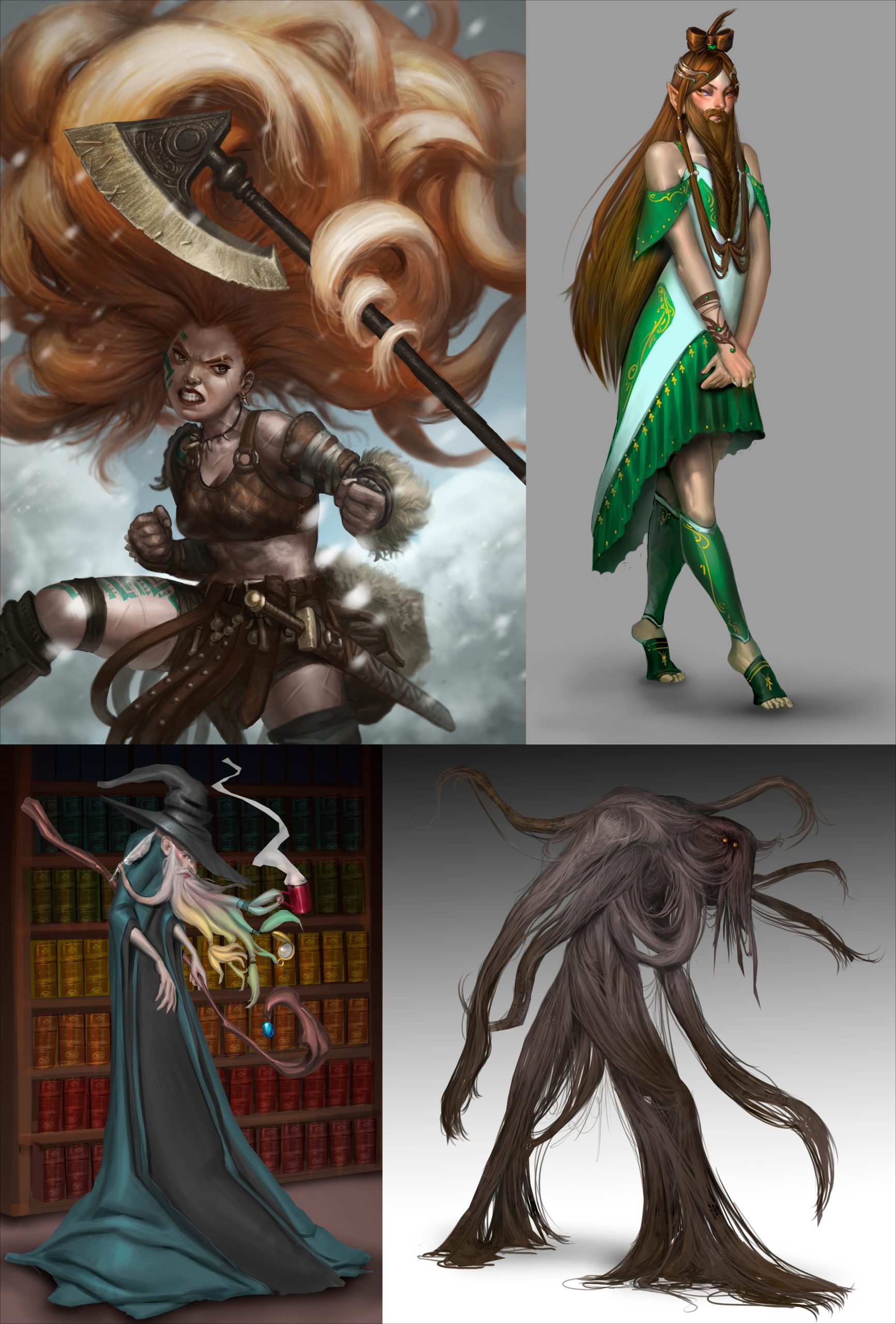“A Standing Warning”- Out of the Box D&D Encounters #10
July 8, 2016
Introduction:
Many experienced DMs will know that the key to tension is the right touch of paranoia. The right  description and setting can establish the right mood and put the players on edge. This can allow the DM to set up other encounters or drop hints from their campaign setting. Such encounters may just be red herrings intended to throw characters of the trail or to make them think.
description and setting can establish the right mood and put the players on edge. This can allow the DM to set up other encounters or drop hints from their campaign setting. Such encounters may just be red herrings intended to throw characters of the trail or to make them think.
 description and setting can establish the right mood and put the players on edge. This can allow the DM to set up other encounters or drop hints from their campaign setting. Such encounters may just be red herrings intended to throw characters of the trail or to make them think.
description and setting can establish the right mood and put the players on edge. This can allow the DM to set up other encounters or drop hints from their campaign setting. Such encounters may just be red herrings intended to throw characters of the trail or to make them think. Coupling these descriptive moments with non-combat skills and a group puzzle might challenge the players in a way that they were not expecting.
Environment: Wilderness/Any
Suggested level: Any
Along a lonesome path that the characters are traveling, they will discover two black obelisks on either side of the path. One is still standing. The other has been broken at the base and lay on it’s side. Both are constructed of a smooth black stone that defies identification. The standing obelisk is engraved with markings in an exotic language (Infernal, Abyssal, Draconic, Deep Speech, etc) that perhaps only one character in the party might speak. It’s important that this be difficult to translate. The markings on the standing obelisk are divided by deep horizontal grooves which break up the obelisk into even sections, each containing roughly the same number of markings. That fallen obelisk has the same horizontal sections, but no markings apart from these grooves can be seen.
A successful History, Arcana, Religion (or similar) check (DC 17), along with proficiency in some exotic language of the DM’s discretion, might determine that the standing obelisk contains part of a warning. Such a warning might be worded like “Behold and be warned! For now, you enter the domain of…” The warning should be incomplete and not contain the actual names of the region or the identity of any ruler.
That’s where the fallen obelisk comes into play.
Both obelisks are constructed of a strange stone that defy description, as noted, and are of a semi-magical nature. A Detect Magic spell will determine that they glow faintly with magic of a Divination sort. Examining the fallen disk (Investigation or Arcana, DC 15) will discover that the sections of the obelisk can rotate along it’s axis, but require some force (Strength DC 15). Spinning these sections to align correctly will reveal the remainder of the message.
In secret, cut up a piece of paper into pieces. Write each letter of the ruler’s name on a separate piece of  paper. This sets up the puzzle.
paper. This sets up the puzzle.
 paper. This sets up the puzzle.
paper. This sets up the puzzle.This is the puzzle. To get everyone involved, since you will have those whom are strong, some whom are smart, and some whom are just great at puzzles, initiate a group check of a different sort. Have everyone roll a D20. Instead of the actual values counting, success or failure is determined by the number of even and odd numbers rolled. Do not tell the players this fact. Keep them guessing. If the party rolls a majority of even numbers, they gain 1 success. If the players roll a majority of odd numbers, they gain none. Every time they gain a success, hand the party a piece of paper with a letter on it. Then let them solve it.
If they guess right, have the obelisk right itself and the name of the ruler will appear in the appropriate exotic language.
Complications:
As stated earlier, it’s up to the DM if this message still has relevance. The ruler might be long gone. Then again…they might not. That’s up to each DM to determine.
Solving the puzzle may awaken a long-thought-lost ruler like a sleeping dragon, slumbering vampire, ancient lich or mummy lord, or trapped devil or demon. It may awaken an ancient device, open a portal, or activate another set of obelisks for the party to find. This is limited only to the DM’s imagination or campaign setting.
The intention is to spark imagination and paranoia in the players. They will get a chance to work as a group to solve a puzzle, and might well start investigating other such monuments in their region. This will open new avenues of exploration and could lead to other encounters. It also uses a dice mechanic that might allow players whom have the worse dice luck still contribute in a useful and meaningful way.













No Comments